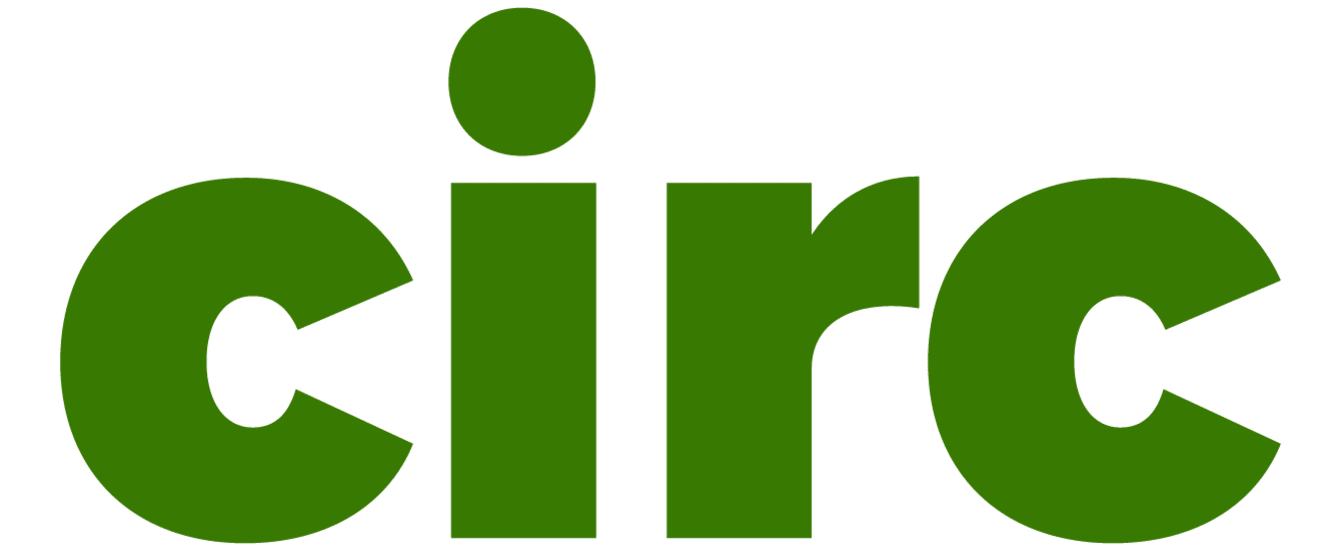The latest review article from the Interdisciplinary Center for Marine and Environmental Research (CIIMAR) in Portugal opens up horizons for the identification of bee species in a diversity of ecosystems and was based on the Caatinga biome in Brazil.
Pollinators, especially bees, are crucial for maintaining ecosystems, but they also play a fundamental role in plant reproduction. At a time when human food needs depend heavily on pollination, bees and other pollinators have suffered from threats such as pollution, the use of pesticides, intensive agriculture and monocultures, lack of water, deforestation and climate change. Studying their diversity is therefore essential if we are to conserve these species.
According to the Food and Agriculture Organization of the United Nations (FAO), more than 75% of the world’s production of fruit and seeds for human consumption depends on pollination. This is why studies focusing on new methodologies for the identification, distribution, ecology and conservation of these animals are more important than ever.
A recent review article, “Barcoding the Caatinga biome bees: a practical review,” published in the journal Molecular Biology Reports, presents significant advances in this area. Conducted by researchers from CIIMAR’s Ecosystem Monitoring and Sustainability group—Pedro Rodrigues, Cláudia Teixeira, Laura Guimarães and Nuno Ferreira—the study developed and improved tools for identifying bee species, which are now available globally.
The model area for this work was the Caatinga biome, a highly specialized biome unique to Brazil that covers an area of 826,411 km2 and has a flora and fauna rich in endemism. By complementing traditional morphological identification with molecular biology and barcoding techniques, which use the “DNA barcode” of these species to identify them, the study made it possible to expand our knowledge about bee species in this habitat.
This study enabled the identification of 75 more species and nine more genera than were last described for this biome representing a significant advance. However, the team warns that these results may “not yet reflect the total biodiversity that can be found” and points out that there is a need for further efforts to catalogue the existing wealth.
75 more species identified
This is not the first time that bee species have been identified in the Catinga biome. The last time was 25 years ago, using only traditional methods. The new study is more comprehensive and a much more complete review. It can now be used for the preservation and conservation of species in the unique Caatinga biome.
The use of these barcoding techniques can be powerful tools in the conservation of the Caatinga biome, making it possible to identify the species present, whether they have been described or not. Having expanded our knowledge of the species in this area, the resources generated as part of this work can also serve as a basis for the research being carried out there.
According to Teixeira, author of this study, “As well as bringing new information about the current state of the ecosystems, the tool is easily reproduced, providing any researcher with a solid basis for future investigations to understand local biodiversity.”
According to the researcher, however, the impact of this knowledge is much broader. “Species identification and monitoring can also be very useful for understanding trends in the decline or increase of bee populations,” especially in the context of a changing climate.
“By identifying and cataloging pollinating insect species, such as bees, which play such pivotal roles in pollination, this work also aims to highlight the importance of these species for ecosystems, and the ecosystem services that benefit society, such as food production, maintenance and diversity of vegetation, with direct impacts on the economy.” Thus, this work contributes not only to conservation, but also to raising awareness about the role of pollinators.
The Caatinga biome
The Caatinga is a biome, i.e., a large ecological community with unique characteristics that expands over a large area. It is exclusive to Brazil and is characterized by unique fauna and flora adapted to extreme conditions, which vary between periods of extreme drought and periods of intense rainfall.
It has a semi-arid climate, vegetation with few leaves and adapted to periods of drought whose growing conditions are on a par with the challenges that climate change has brought to other areas of the world. Despite the ecological importance and biodiversity of this biome, many of the species that inhabit it are unknown, as are their characteristics and functions.
More information:
Pedro Rodrigues et al, Barcoding the Caatinga biome bees: a practical review, Molecular Biology Reports (2025). DOI: 10.1007/s11033-025-10307-7
Provided by
CIIMAR – Interdisciplinary Centre of Marine and Environmental Research
Citation:
Researchers use innovative methods to identify bee species in the Caatinga biome (2025, March 25)
retrieved 25 March 2025
from https://phys.org/news/2025-03-methods-bee-species-caatinga-biome.html
This document is subject to copyright. Apart from any fair dealing for the purpose of private study or research, no
part may be reproduced without the written permission. The content is provided for information purposes only.


